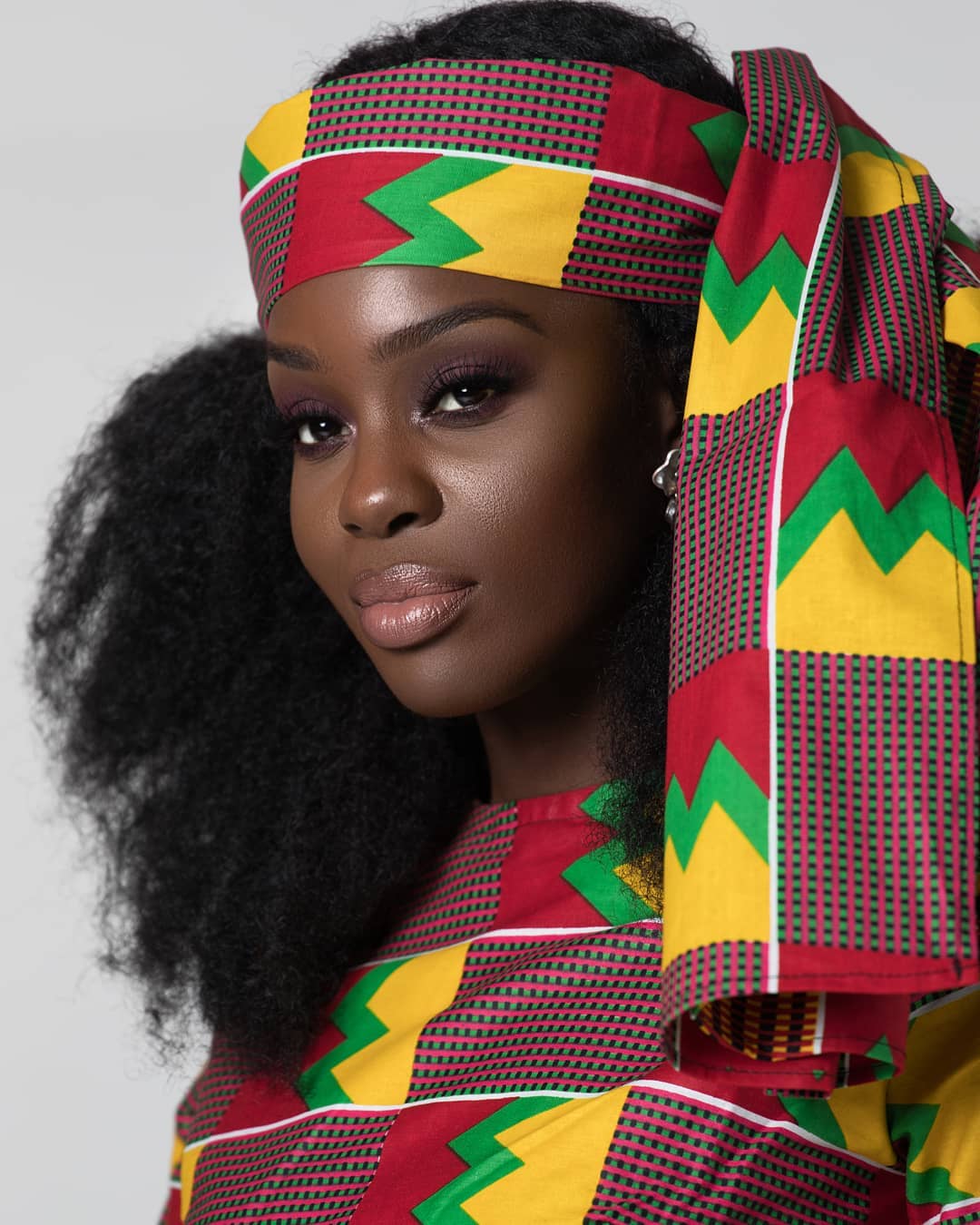 |
| Photo Credit:I.G @grass_fields |
If you enjoy and excel at sewing, you may dream of running a sewing business from your home. You may be confused how to start a home sewing business or if it is the right decision for you. By taking the time to determine your ability to run a successful home sewing business and then thoughtfully setting up your company, you can start earning money doing something you love from the comfort of your home.
The Garment industry is a very lucrative and profit oriented business but needs a lot of skill, passion, hard work and patience to succeed. You also need the necessary skill to excel in this fashion business. If there’s a major determinant of whether you’ll succeed or not, it’s the level of your ability and creativity.
Assess your abilities as a seamstress.-: Before you begin planning to establish a home sewing business, you first need to honestly assess your abilities as a seamstress. Taking an objective view of your skills can help you decide if starting a sewing business is the right option for you.
- Do you have all the capital you need to start your clothing line?
- If you don’t, how do you plan to raise the needed funds?
- Do you have a good credit rating to be able to borrow money from financial institutions and if you don’t, what is your back up plan?
Location-: You also have to carefully consider the location where you intend to set up your business to determine if it’s the right one for your business.
Competition-: Do you have what it takes to compete with the existing brands?
Tax-Policies-: Are the tax laws in your country favorable for your business?
Rent-: Are costs of renting a business premises in that place favourable to other places?
Suppliers and customers-: What is your relationship to your suppliers and customers?
- Get in the right mindset
- Understand the fashion industry
- Write a business plan
- Build a Brand
- Register your trademark
- Create a bank account for your business
- Design your Clothes
- Find a Manufacturer
- Advertise your clothing line
- Register a domain name and create a website
- Talk to retailers
- Develop affiliate programs
- Manage your business
- Sewing Machine
- Embroidery Machine
- Weaving Machine
- Needle Threader
- Assorted Sewing Machine Needles:
- Extra Bobbins for Sewing Machine: Having extra bobbins means that you won’t have to re-wind your bobbin each time you switch thread colors.
- Regular Presser Foot: A regular presser foot is suitable for most sewing projects.
- Walking Foot: A walking foot is needed when sewing heavy, thick or stretchy fabrics.
- Zipper Foot: A zipper foot will make attaching zippers much easier.
- Fabric Scissors: Fabric shears are used to cut fabric only. Using them to cut paper will dull them and make them unusable.
- Embroidery Scissors: Embroidery scissors are handy to have close by when sewing. Their small size makes it easy to trim loose threads.
- Paper Scissors: Paper scissors should only be used for cutting paper (such as patterns).
- Marking Pencils or tailor’s chalk: Fabric marking pencils are made of a special lead that will disappear after being washed.
- Straight Pins: Straight pins are used to hold two or more pieces of fabric together as you sew.
- Seam Ripper: used to carefully take out stitching errors.
- Seam Gauge Ruler: Also called sliding gauges, they are used to accurately mark seam widths, or other short measurements.
- Measuring Tape: Use your tape measure to take body measurements, and measure lengths of fabric.
- Assorted Hand Sewing Needles: Hand sewing needles come in many different lengths and thicknesses. The size you use will depend on your project and preferences.
- Iron & ironing board: An iron uses very high temperatures (and sometimes steam) to press fabrics flat and remove wrinkles. An ironing board provides a safe surface to iron on.
- Ruler: A ruler is often easier to use than a measuring tape for small measurements. It also can help you draw a straight line if needed.
- Thread to match your fabric: Different fabric types and weights require different types of thread.
- Pencil & Paper: Used for making notes, and creating patterns.
- Pincushion: Many tailors find it easier to keep their pins in a pincushion, rather than a box, as they can be grabbed quickly and easily. Pincushions come in many shapes and sizes. Tabletop pincushions sit on your table, while wrist pincushions are attached to your wrist like a watch.
- Racks: There are different types of racks that you can use to display your products in a boutique or at home.
- Slat wall: To hang clothes on the wall to save space.
- Mannequins: Mannequins are better for displaying clothes and attract buyers because they are able to see, to an extent how the clothes would look in reality.
- Hangers: Select high quality hangers. Also consider investing in customized hangers with your brand name on it as a way to promote your business.
- Labels and Tags: You would also need labels with your brand name on it and price tags.
- Packaging materials: Packaging goes a long way in advertising your business, using a branded paper-bag will sell your brand.

